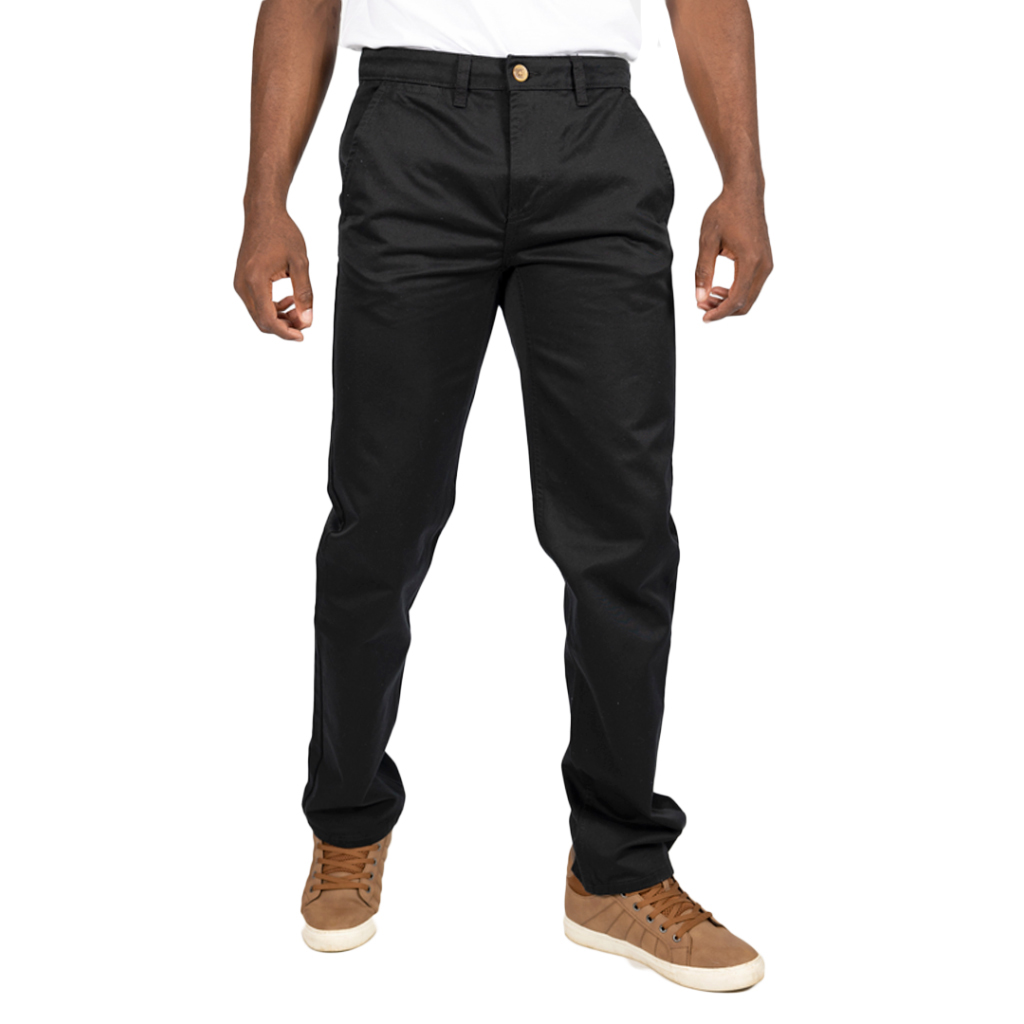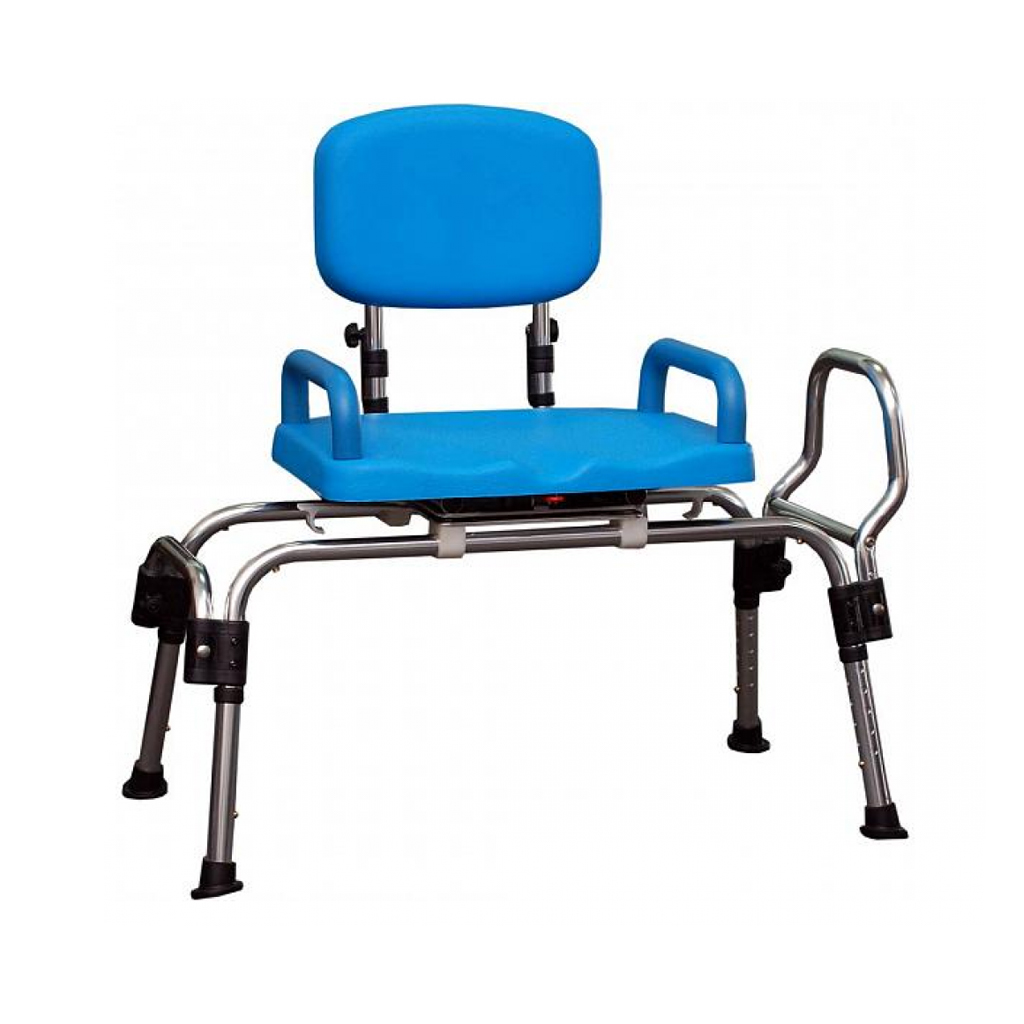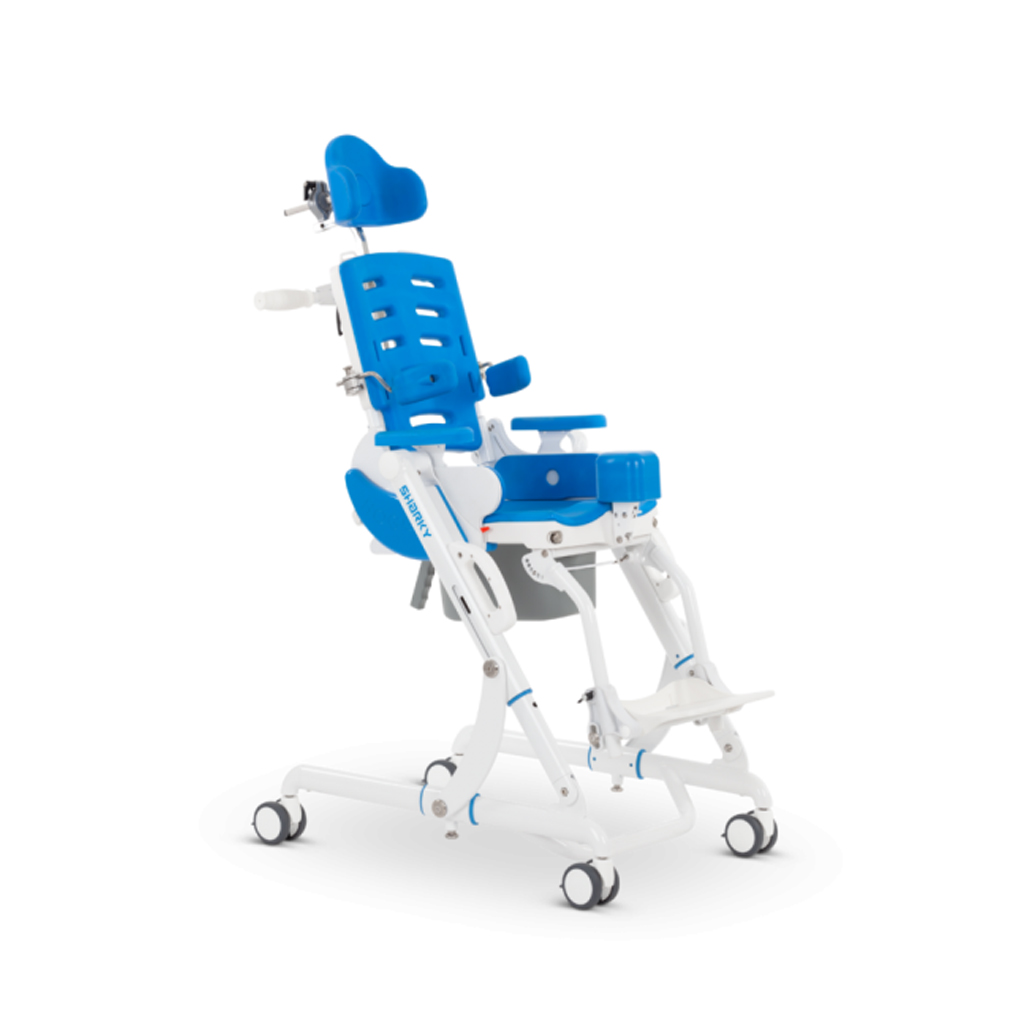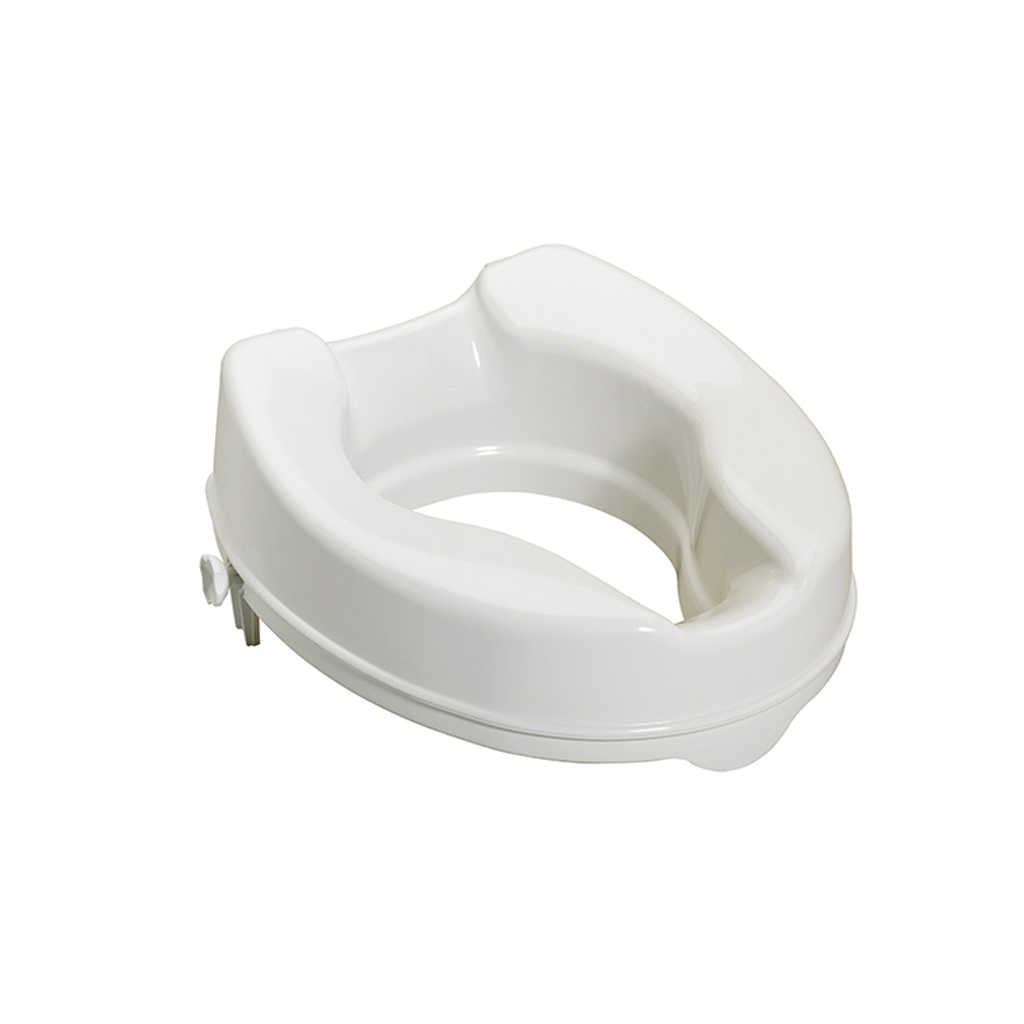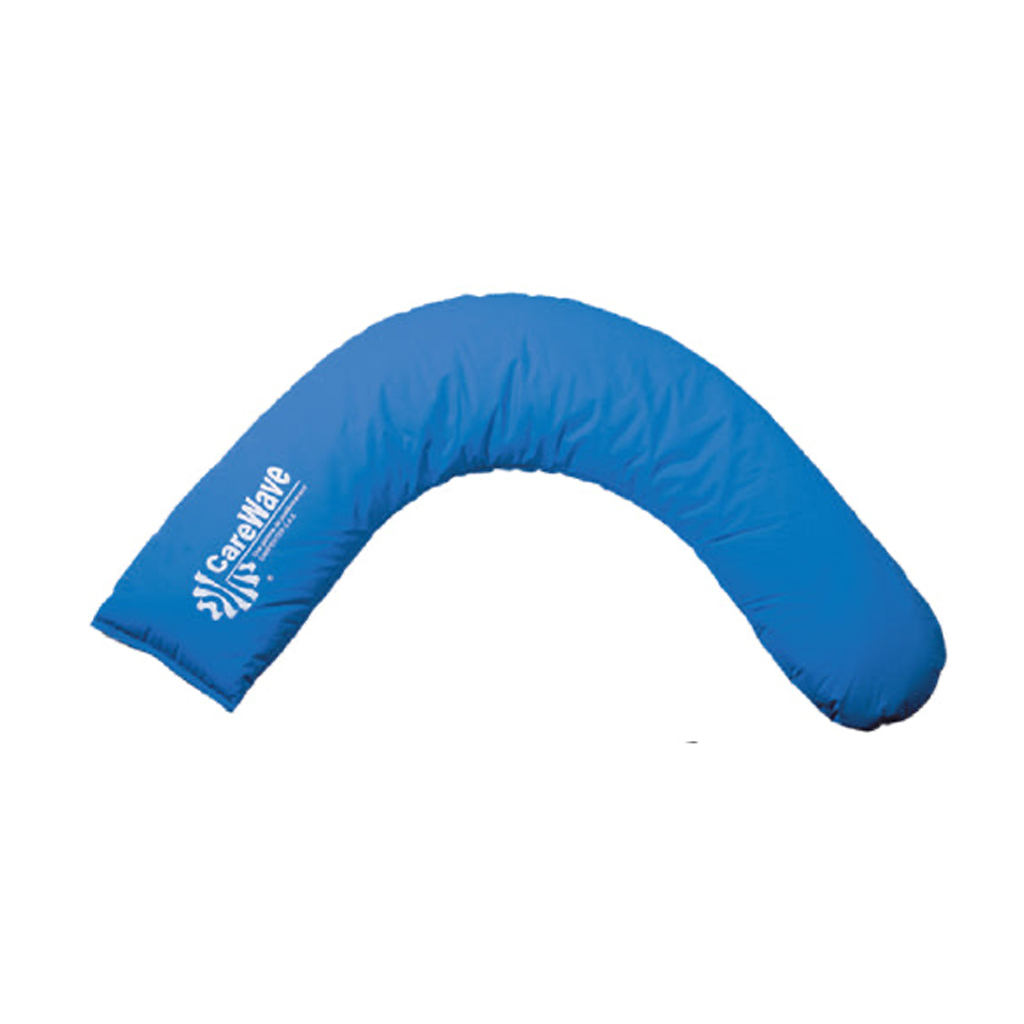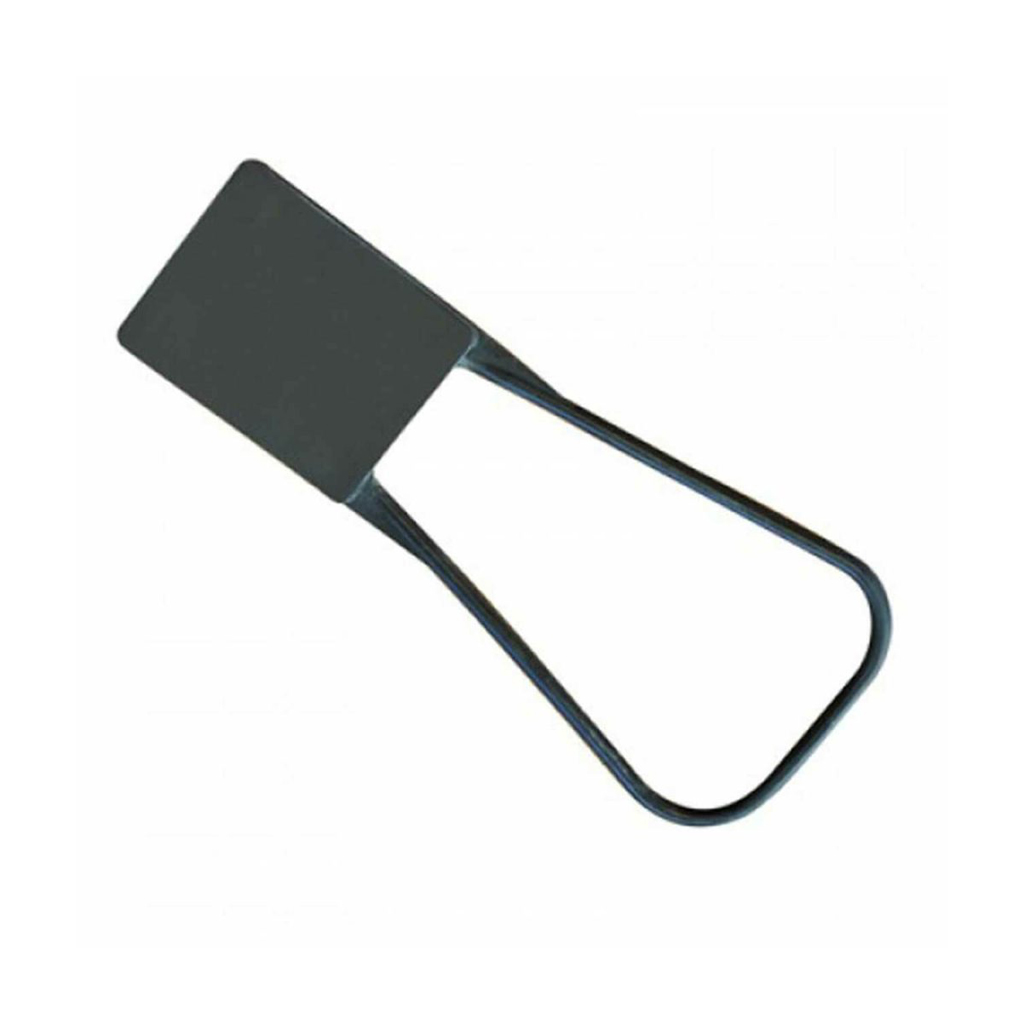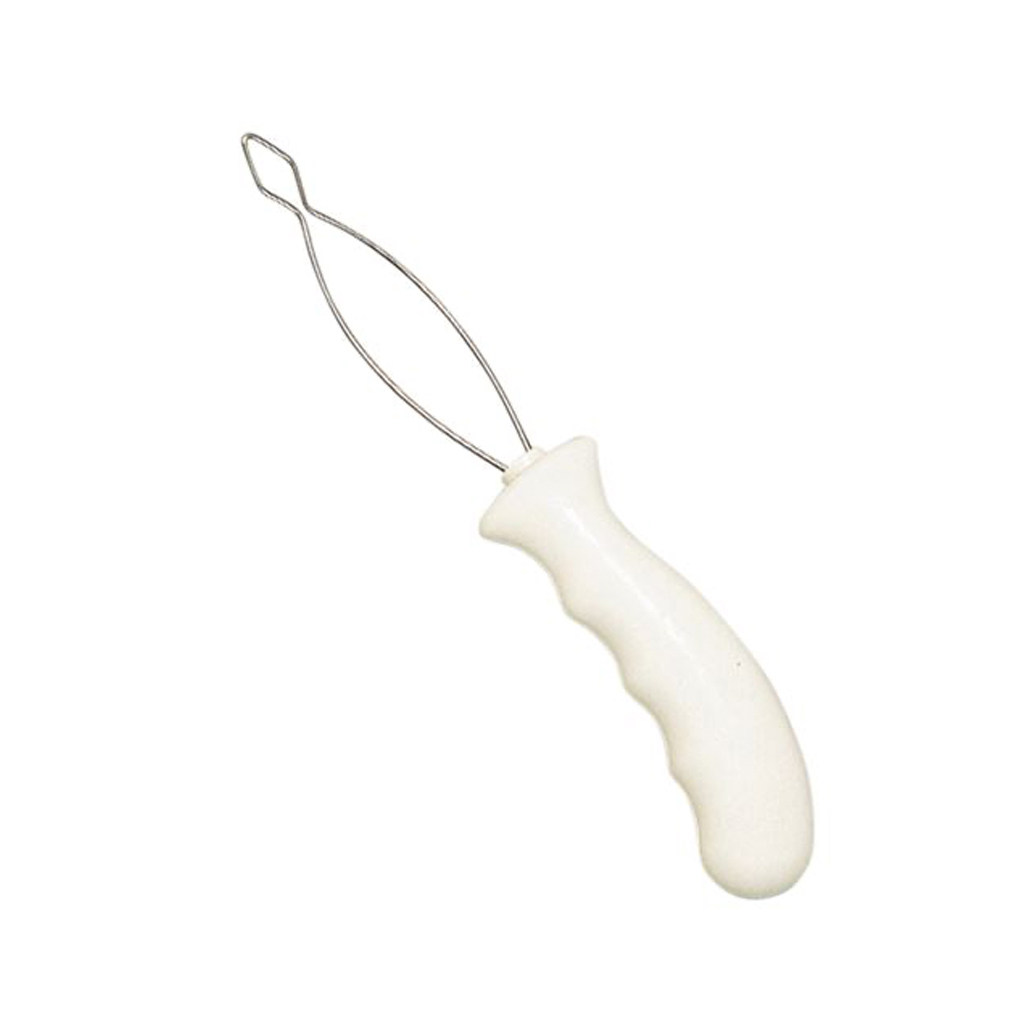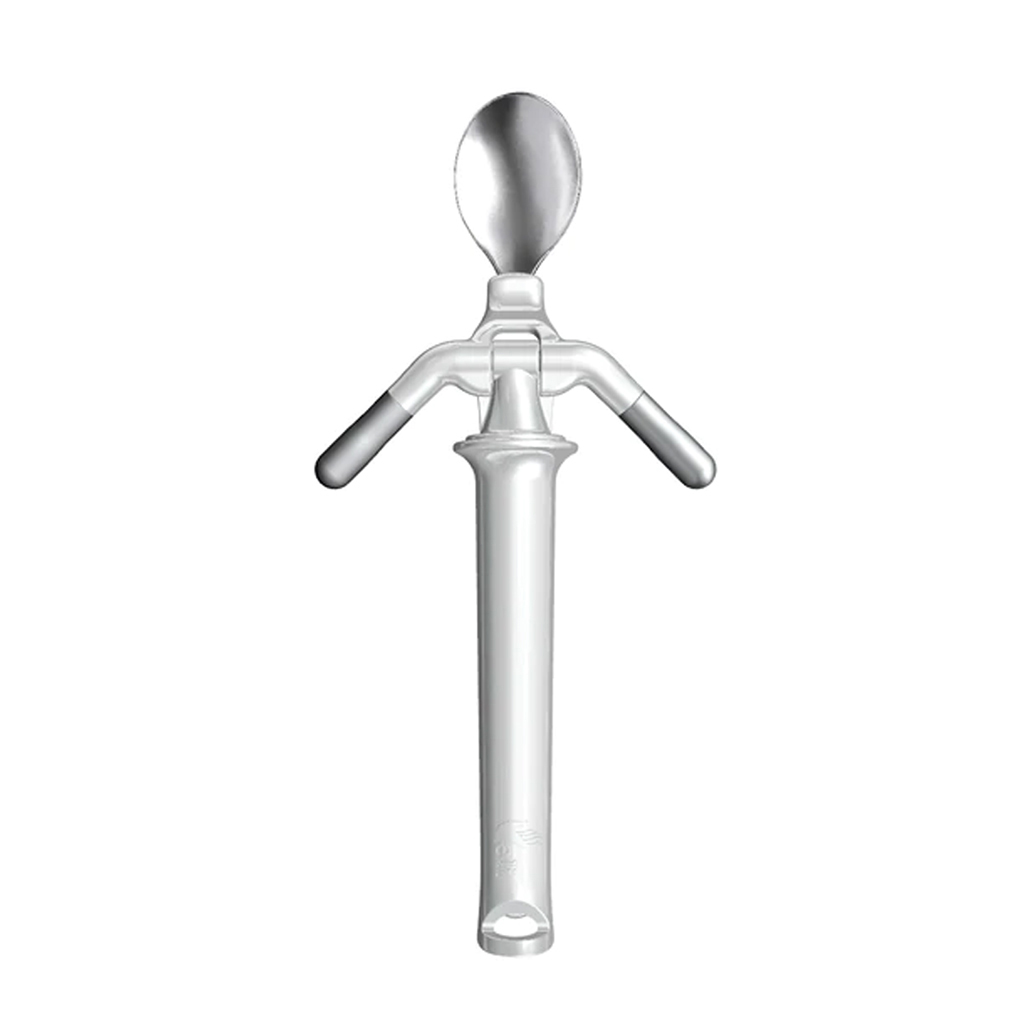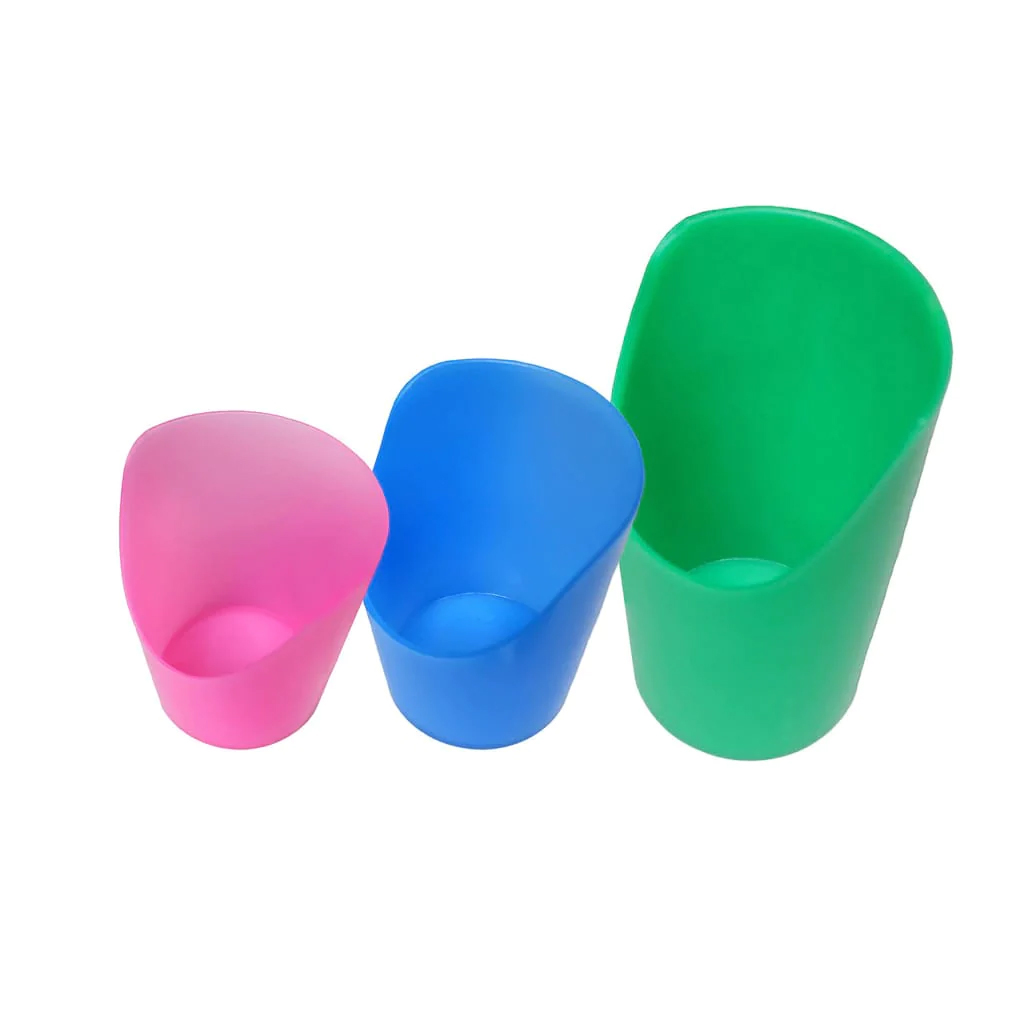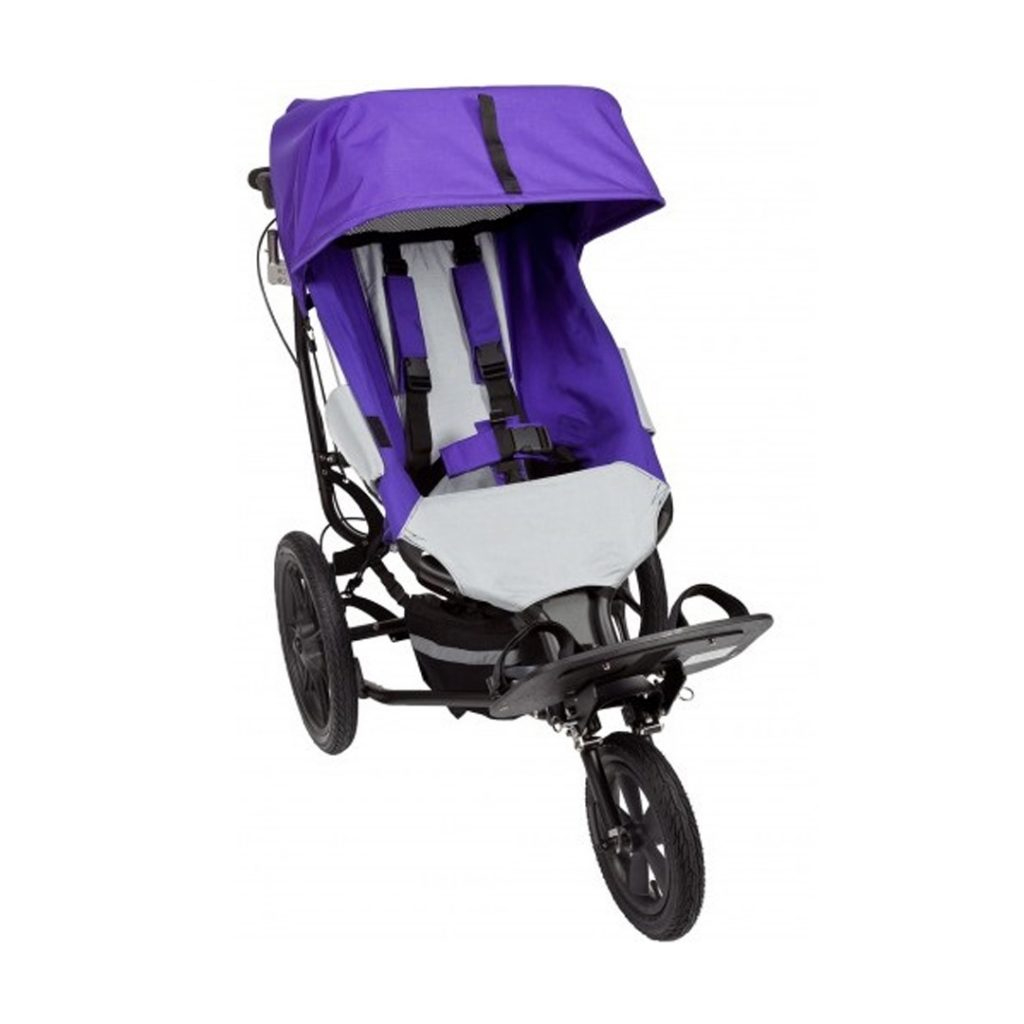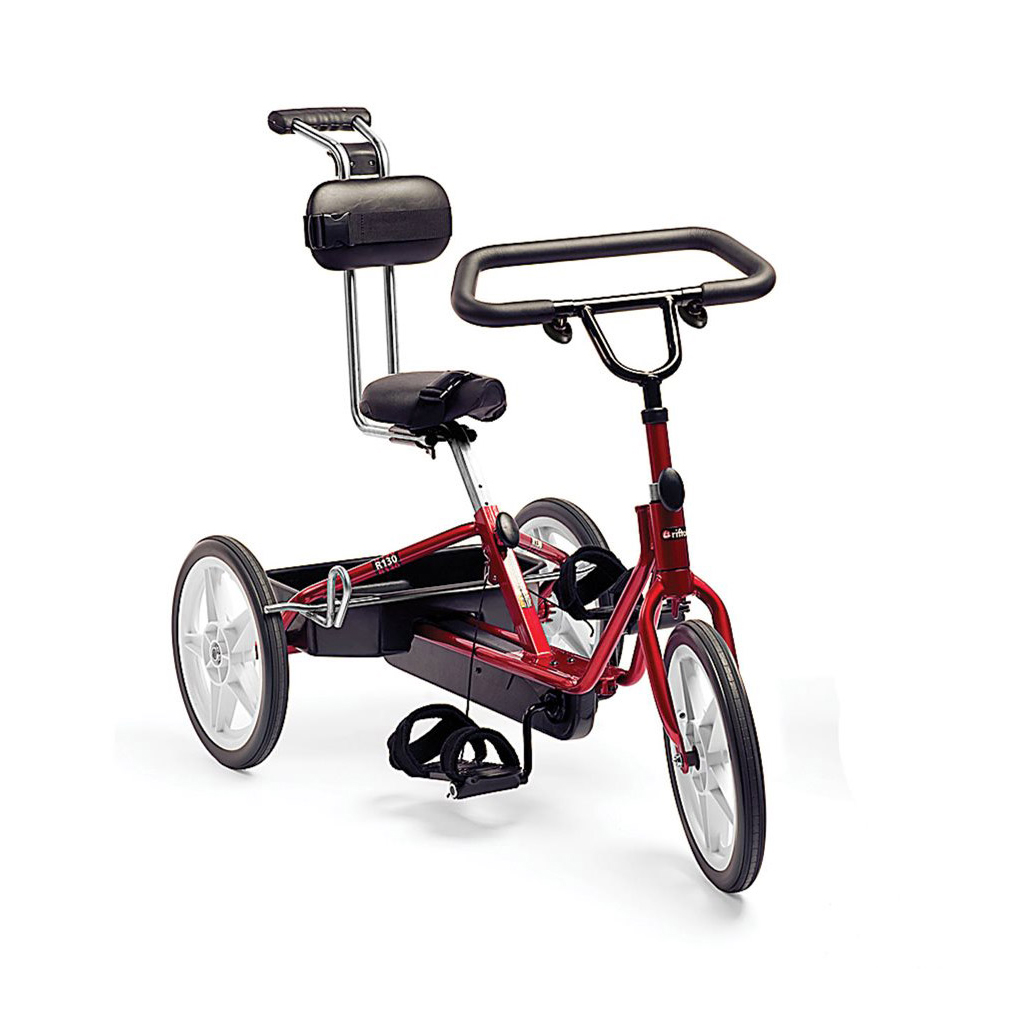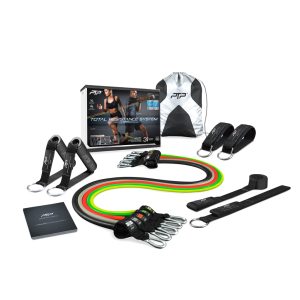Therapy and Exercise

Everyone – whether they live with physical or intellectual disability or they don’t live with disability – has different independence and life goals, which can be supported through a wide range of therapy and rehabilitation.
Therapy and rehabilitation services are often tailored to suit the needs of individual clients, with different therapy disciplines working together to provide the best possible outcomes.
Many therapy services can be delivered on a one-on-one basis – the client and the therapist – or in a group session, particularly for kids. Therapy services can also be accessed at disability provider locations, at home, at school, in the workplace, and in the community.
Exercise Products

What are the different types of Therapy and Exercise products?
- Treatment Tables
- Exercise Balls
- Resistance Bands
- Treadmills
- Exercise Bikes
- TRX Suspension Equipment
- Pain Management
- Sensory Aids
Pain Management Products
Introducing the Myoxv Massage Gun
The PTP MYOXV Gun integrates therapy and exercise support in a compact massage tool. Using percussion therapy, it boosts muscle recovery and alleviates soreness. Its 6 massage heads, LED screen, and ergonomic handle enhance range of motion and ensure targeted muscle care.
With fitness and Medi modes offering 9 adjustable speeds, users get a customized therapy and exercise session. Its travel case makes it an ideal choice for on-the-go therapy and exercise needs.
Sensory Aid Products

Understanding Sensory Interpretation in Children with Autism
Everyone interprets their environment using their senses, a phenomenon termed ‘sensory interpretation’.
Children with autism or developmental delays often face sensory challenges. They can be hyper-reactive or hypo-reactive to stimuli, affecting activities like socialising and task completion.
Hyper-reactive children may be sensitive to minor sounds or odors, often leading to ‘sensory overwhelm’. Conversely, hypo-reactive children might not detect when they’re being addressed, produce excessive noise, or show reduced pain sensitivity.
Sensory aids, such chews, weighted blankets, or fidget tools, can help manage sensory interpretation issues in children with autism, providing a soothing and focused environment to mitigate hypersensitivity or stimulate hypo-reactivity.
Therapy Products
Suppliers






